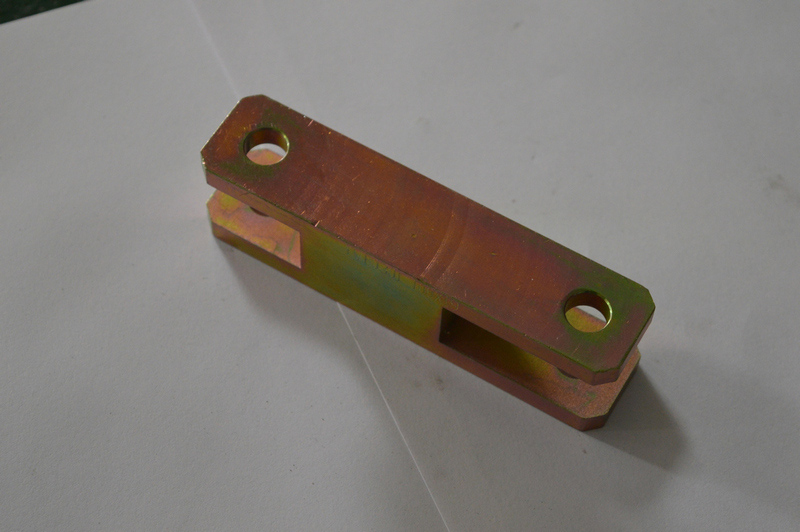Welding and surface treatment of sheet metal parts
Welding methods in sheet metal parts plants include argon arc welding, spot welding, carbon dioxide shielded welding, manual arc welding, etc. When spot welding, the welding position of the workpiece should be considered first, and positioning tools should be considered in mass production to ensure the accurate spot welding position. In order to weld firmly, the convex block is stamped on the workpiece to be welded, so that the convex block is in uniform contact with the plate before energized welding, so as to ensure the consistency of heating at each point, and the welding position can be determined. Similarly, for welding, pre-pressing time, holding time, maintenance time and rest time should be adjusted to ensure that the workpiece can be spot-welded firmly. After spot welding, there will be welding scars on the surface of the workpiece, which should be treated by plain grinding. Welding is mainly used when two workpieces are large and need to be connected together, the edges and corners of the workpiece are processed to achieve the flatness and smoothness of the workpiece surface. The heat generated in the process of sub-arc welding is easy to deform the workpiece. After welding, sander and surface grinder should be used for processing, especially around corners.

Sheet metal parts should be processed after bending, riveting and other processes are completed. The surface treatment method of different plates is different. After the cold plate is processed, the surface is generally electroplated. After electroplating, no spraying treatment is carried out. Using phosphating treatment, phosphating treatment after spraying treatment. The surface of the plating plate is cleaned, degreased and sprayed. Stainless steel plates (mirror plates, fog plates and wire drawing plates) can be drawn before bending without spraying. If spraying is required, roughening is required. Aluminum sheets are usually oxidized. Select different oxidation background colors according to different colors of spraying. Black and brown oxidation is commonly used. The aluminum plate to be sprayed should be sprayed after chromate oxidation treatment. Surface pretreatment can clean the surface, significantly improve the adhesion of the film, and increase the corrosion resistance of the film. The cleaning process first cleans the workpiece, hangs the workpiece on the assembly line, first passes through the cleaning liquid (alloy defat powder), then enters the clean water, then passes through the spray area, then passes through the drying area, and then takes the workpiece off the assembly line.

After surface pretreatment, the sheet metal parts enters the spraying process. When the workpiece needs to be sprayed after assembly, the teeth or parts of the conductive holes need to be protected. The holes can be checked with a soft rubber rod or tightened with a screw. The conductive protection needs to be pasted with high-temperature tape, and a large number of positioning tools are used to locate and protect it. Therefore, during the spraying process, it will not be sprayed onto the workpiece. The nut (flanging) hole visible on the outer surface of the workpiece will be protected with screws to avoid tooth return at the hole of the workpiece nut (flanging) after spraying. Some large workpieces are also protected by tools. When the workpiece is not assembled for spraying, the area that does not need to be sprayed is closed with heat-resistant tape and paper, and some exposed nut (stud) holes are protected with screws or heat-resistant rubber.

If both sides of the sheet metal parts are painted, use the same method to protect the nut (stud) holes; After the small pieces are bundled together, they are sprayed with lead wire, paper clips and other items. Some workpiece surface requirements are very high, should be scratched before spraying. Some workpieces are protected with special high-temperature labels at the ground mark. When spraying, the workpiece is first hung on the assembly line, and the dust attached to the surface is blown away by the air pipe. Enter the spraying area for spraying, after spraying into the drying area along the assembly line, and finally remove the sprayed workpiece from the assembly line. There are also two types of manual spraying and automatic spraying, so the tools used are different.


